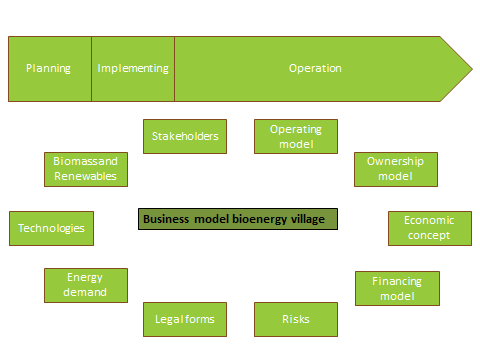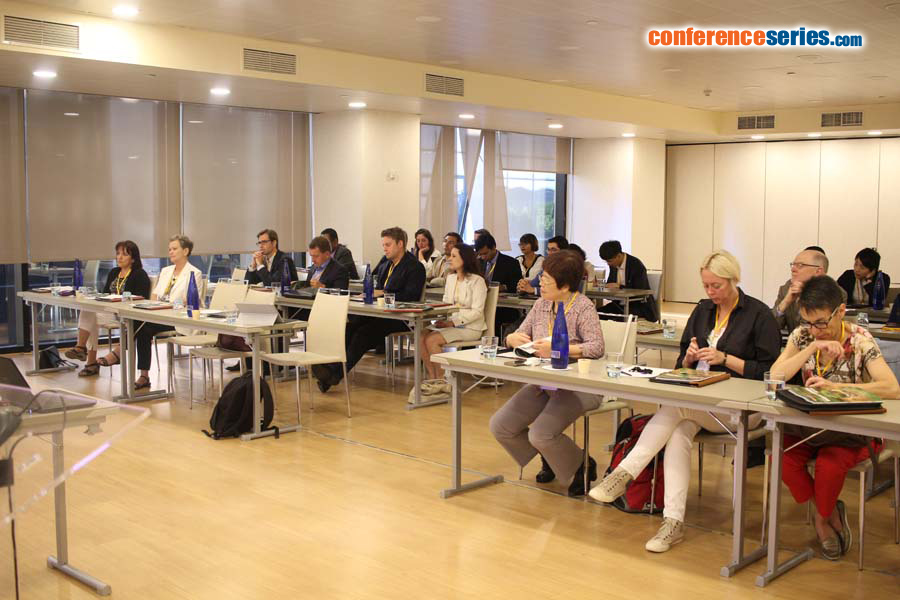
Konstanze Stein
KEA Climate Protection and Energy Agency of Baden-Württemberg GmbH, Germany
Title: Business models for bioenergy villages-A compilation of main components of business models as part of the BIOVILL project
Biography
Biography: Konstanze Stein
Abstract
Bioenergy villages have been implemented in Germany and Austria very successfully. This experience can be used for the initiation and preparation of more bioenergy villages in other European countries. The main challenge of the development of bioenergy villages is the social component. Structures have to be established that allow a broad citizen participation process and the integration of all relevant stakeholders and decision makers. When Energy conservation measures (ECMs) bundles are modelled, the results have to be revised with regard to the synergetic effects between ECMs and energy supply measures. High energy savings from measures in the buildings decrease the energy demand and reduce the viability of e.g. a district heating system. Different types of biomass sources and renewable energies can be applied in different pathways in bioenergy villages. The assessment of the technical solutions typically follows technical, economic and environmental metrics. Three main operating models are applied that vary in accordance with the regional circumstances: The citizen model, the ESCO model and a combination of both models. The selection of the legal entity for the citizens model depends on criteria such as the structure of organisation, the liability and other risk factors, the minimum capital and the decision making process. The shared ownership model can also be applied, than public or private building owners finance a share of the measures, e.g. the ECM in their buildings. Regarding the economic assessment of the project, a life cycle analysis is recommended that covers full costs over the life-cycle and discounts these costs according to the year when they occur. Since bioenergy villages comprise extensive bundles of technical measures, the financing of these investments is a crucial point of the concepts. Besides the planning of the biomass supply and the technical and economic calculation, also the financing concept, the potential operating and the ownership models, the legal structure and the risk assessment should already be elaborated within the preparatory.

Recent Publications:
- Energy Agency Northrine-Westphalia. (2014). Financing and Business Modells (Finanzierungs- und Geschäftsmodelle).
- Energy Efficiency Financial Institutions Group . (2015). Energy Efficiency – the first fuel for the EU Economy: How to drive new finance for energy efficiency investments. Brussels.
- FNR. (2010). Pathways to bioenergy village (Wege zum Bioenergiedorf). Gülzow.
- FNR. (2014-1). Bioneergy villages - Guideline for a practical implementation (Bioenergiedörfer - Leitfaden für eine praxisnahe Umsetzung). Gülzow.
- FNR. (2014-2). Guideline Bioenergy - Basics and planning of bioenergy projects (Leitfaden Bioenergie - Grundlagen und Planung von Bioenergieprojekten). Gülzow.
- Schallmo, D. R. (2013a). Developing and implementing business models successfully (Geschäftsmodelle erfolgreich entwickeln und implementieren). Wiesbaden: Springer Gabler Verlag.
Break: Coffee Break @ Foyer 15:40-16:00
Speaker Presentations
Speaker PPTs Click Here


